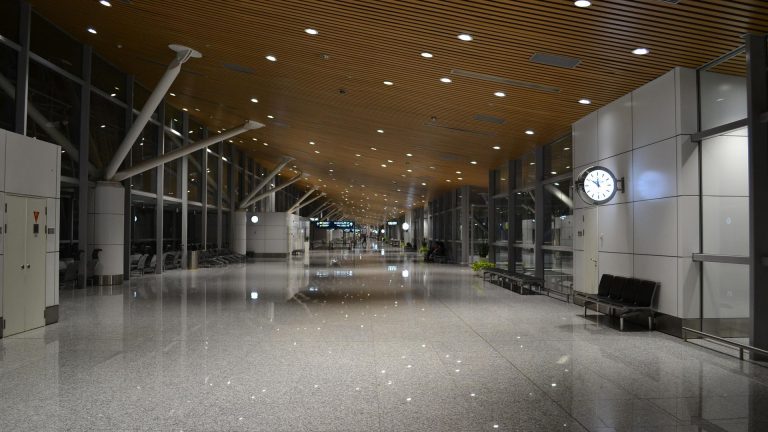Increasingly, companies are moving to forklift-free production floors. Bulky forklifts that used to be a staple in material handling are being replaced by a more maneuverable, ergonomically-designed powered cart and tug. Safety and high forklift operating/maintenance costs are the two main reasons business is changing its approach to material handling.
- Every year in the U.S., forklift-related accidents kill nearly 100 workers and seriously injure another 20,000. The leading cause of fatalities is forklift overturns which account for 25% of all forklift-related deaths. Compare that to the zero-death record of ergonomically-designed CartCaddies. And the ergonomic design of these walk-behind electric tuggers drastically reduces worker injury and associated medical, insurance, disability and lost man-hour costs.
- Over the life of a forklift, operating/maintenance expenses chew up 80% of the total costs. Ownership represents only 20% of a forklift’s total cost. A recent study by the Hyster Company, a major player in the forklift industry, indicates that only 6% of forklift owners know their real maintenance costs, and few companies have cost-reduction programs in place. The annual fuel costs alone for a single forklift can run from $15,000 for gas and diesel to $3,000-$8,000 for battery-charged electric trucks. Compare that to the average $300 per year battery/maintenance expense of operating an ergonomic electric CartCaddy.
Other advantages of implementing a forklift-free program in favor of a more maneuverable, ergonomically-designed powered cart and tug include: inventory reduction, improved material flow, reduction of line-side handling equipment and floor space, improved operator ergonomics, improved scheduling flexibility, reduced coordination time and improved cycle efficiency.


